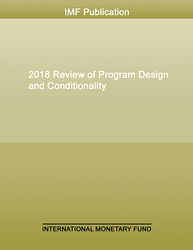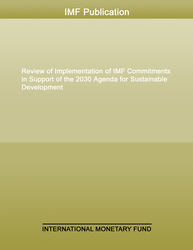
Application of Structural Conditionality - 2009 Annual Report
Motivation and approach. Last year’s major reforms of the Fund’s lending instruments, together with the commitment to treble its resources, made a significant contribution to global stabilization as Fund lending created room for policy accommodation and helped countries weather the worst of the crisis. While these reforms have yielded positive results, it is appropriate to ask—as the IMFC has—whether there is scope to build on this experience. This paper tries to answer this question, including by drawing on the lessons of the crisis, as perceived by policymakers, market participants, and academic observers, with whom Fund staff has consulted extensively.
While every effort has been made to explore the pros and cons of various reform options neutrally, some options are clearly more evolutionary (e.g., those building on last year’s headline introduction of the Flexible Credit Line or FCL), while others are of a more radical nature (e.g., Fund provision of pure insurance payouts or collateralized lending). This paper focuses on the former, covering the latter set of ideas in a supplement. Once the Executive Board has had a chance to comment on all options, a more defined and specific set of proposals could be developed by staff for further consideration.
Publication date: March 2010
ISBN: 9781498337748
$0.00
Add to Cart by clicking price of the language and format you'd like to purchase
Available Languages and Formats
| English |
Prices in red indicate formats that are not yet available but are forthcoming.
Topics covered in this book
This title contains information about the following subjects.
Click on a subject if you would like to see other titles with the same subjects.
Independent Evaluation Office , PRGF , structural condition , GRA , extended fund facility
Summary
Copyright © 2010 - 2025
Powered by:
AIDC



